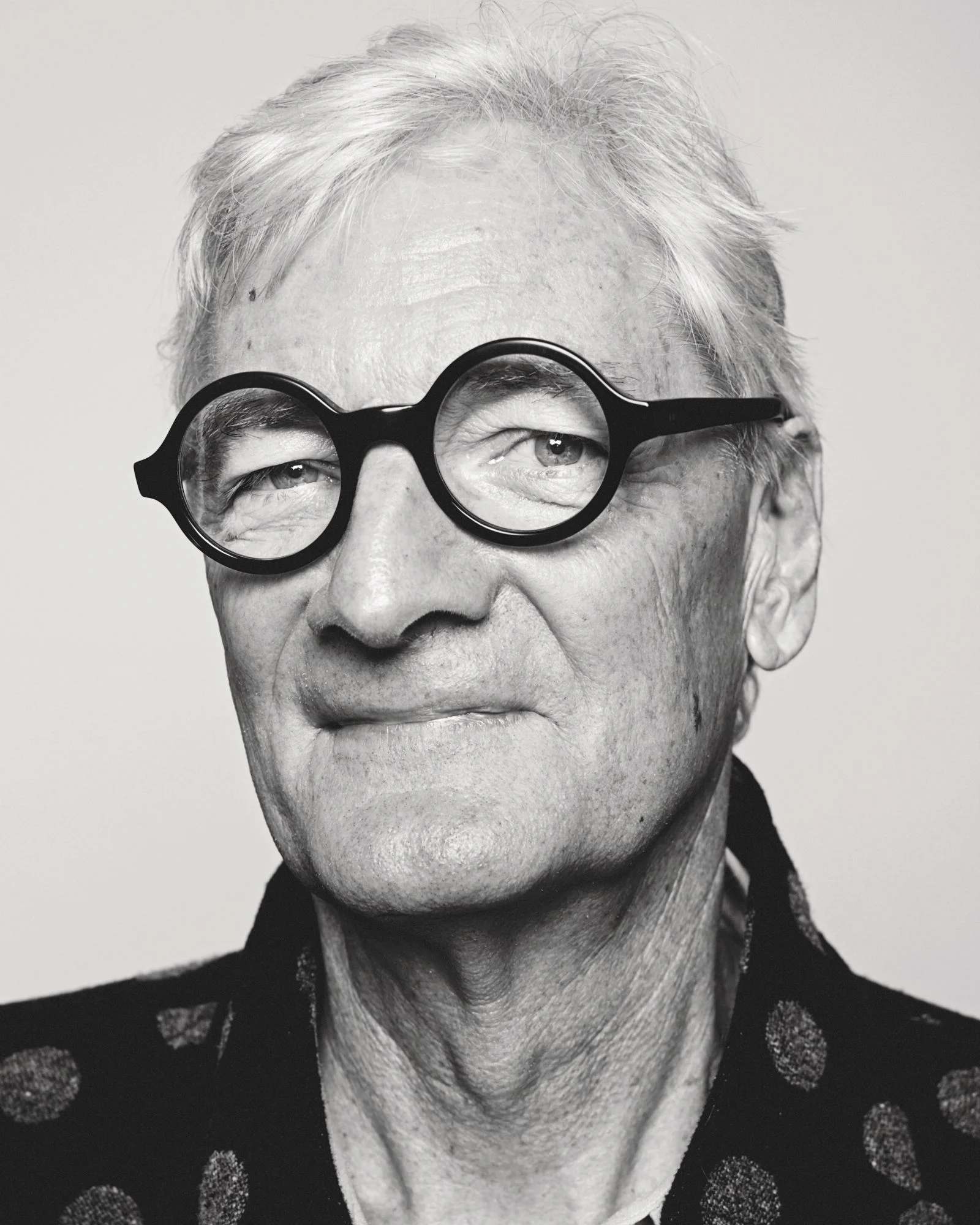James Dyson is a British born industrial designer who is famous for his revolutionary appliances. His first notable invention was the ballbarrow which he designed in 1970 while studying at the Royal College of Art in England and was featured in the BBC’s Tomorrow’s World tv program . The invention was a modified wheelbarrow with a more spherical front wheel which allowed for easier maneuverability. Dyson stuck with this idea of incorporating spherical shapes into other designs with his Trolleyball which was a new way of deploying ships into water.

In the late 1970’s he began working on designing a new and better vacuum cleaner that didn’t loose suction power as it collected dirt. Traditional vacuums begin to slow down as their filters become full of particles, but Dyson incorporated the use of cyclonic separation in order to combat this. Cyclonic separation uses the difference in mass between particles and the gas they are suspended in to filter the two by spinning the mixture in a cylinder. The heavier particles stick to the sides of the chamber while the lighter gases are able to be sucked out from the middle. Filters like these can be found in woodshops and construction areas where there are many suspended particles. At first, these vacuums were slow to be picked up by manufactures because of the market for vacuum bags would be disrupted by the new product. Dyson then created his own company Dyson Ltd. to manufacture and sell the products. Following the success of Dyson’s vacuums, Hoover released a model of vacuum that also used cyclonic separation. Dyson sued Hoover and won because it was found that cyclonic separation was so core to the Dyson design that Hoover had to make a payout of $4 million to Dyson.
In the early 2000’s Dyson released the Airblade which was a revolutionary new hand drier that was more efficient and faster than traditional driers. This is done by using a thin layer of air to push water off of peoples hands rather than try to evaporate it.
Currently, the Dyson line up consists of of bladeless fans, vacuum cleaners, bathroom appliances and lights, all of which are revolutionary in their own right and are pushing the boundaries on industrial design. 


3 Comments. Leave new
Hi Cameron,
It was great learning about James Dyson from your post. It’s great to see a designer who’s able to innovate with products such as vacuums or fans while keeping them aesthetically pleasing. I’m curious to see if you think that Dyson had more of a focus on the visual appeal of his products vs. functionality, or if you think he was able to strike a good balance between the two?
This is very interesting stuff. I had no idea all of those different products were under the same company, but it makes sense now that I see it here. Do you know if he personally invented all of these products, or was it more of a Steve Jobs situation where he was more of an idea man and had his team actually engineer the products? Great post. I enjoyed it.
I really enjoyed your post regarding Dyson and his collection of design creations. It’s cool to see that he stuck with the theme of using the spherical wheel and rolling mechanism to assist in moving his many machines. They say you can’t reinvent the wheel but did he in a way?